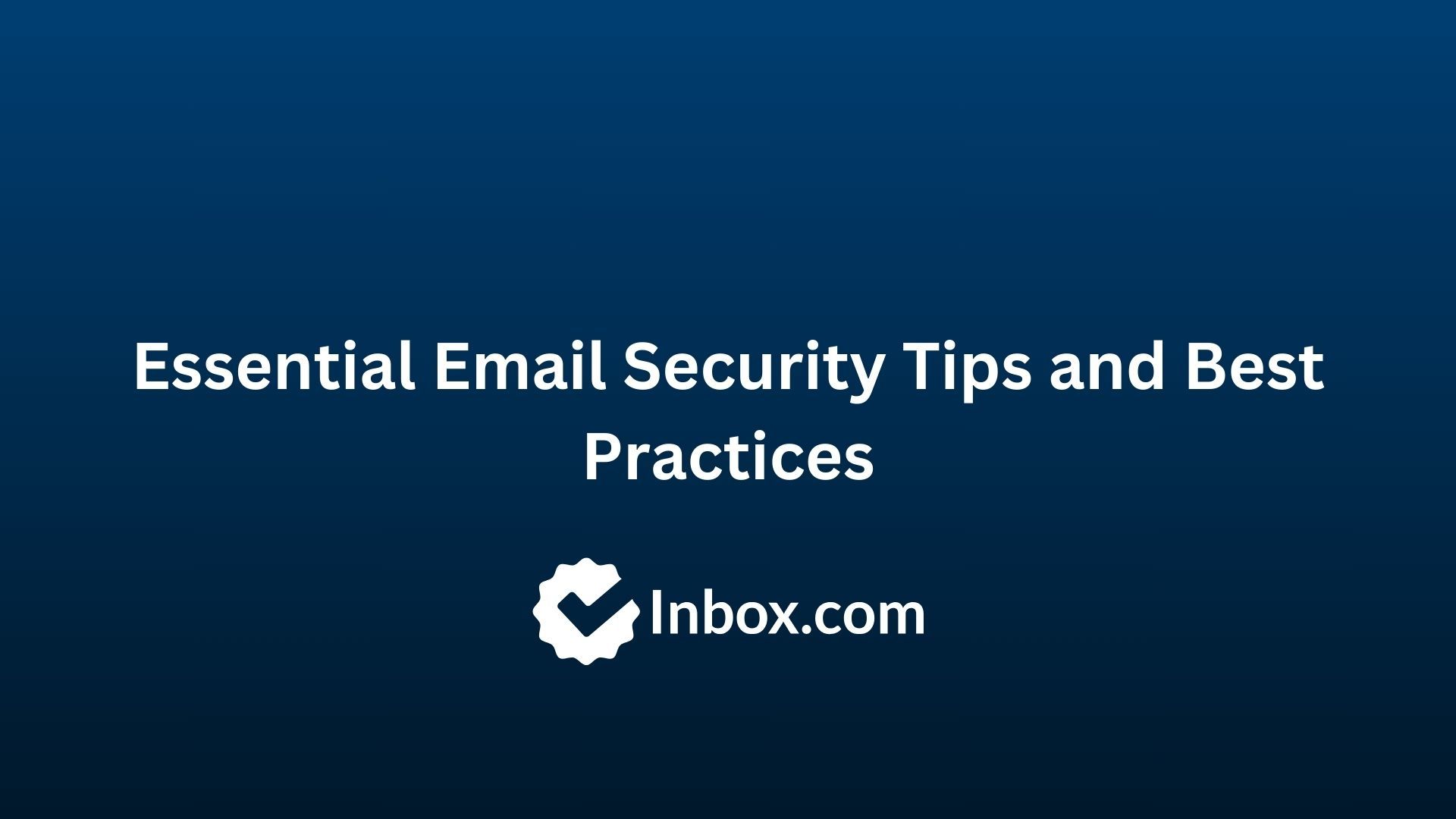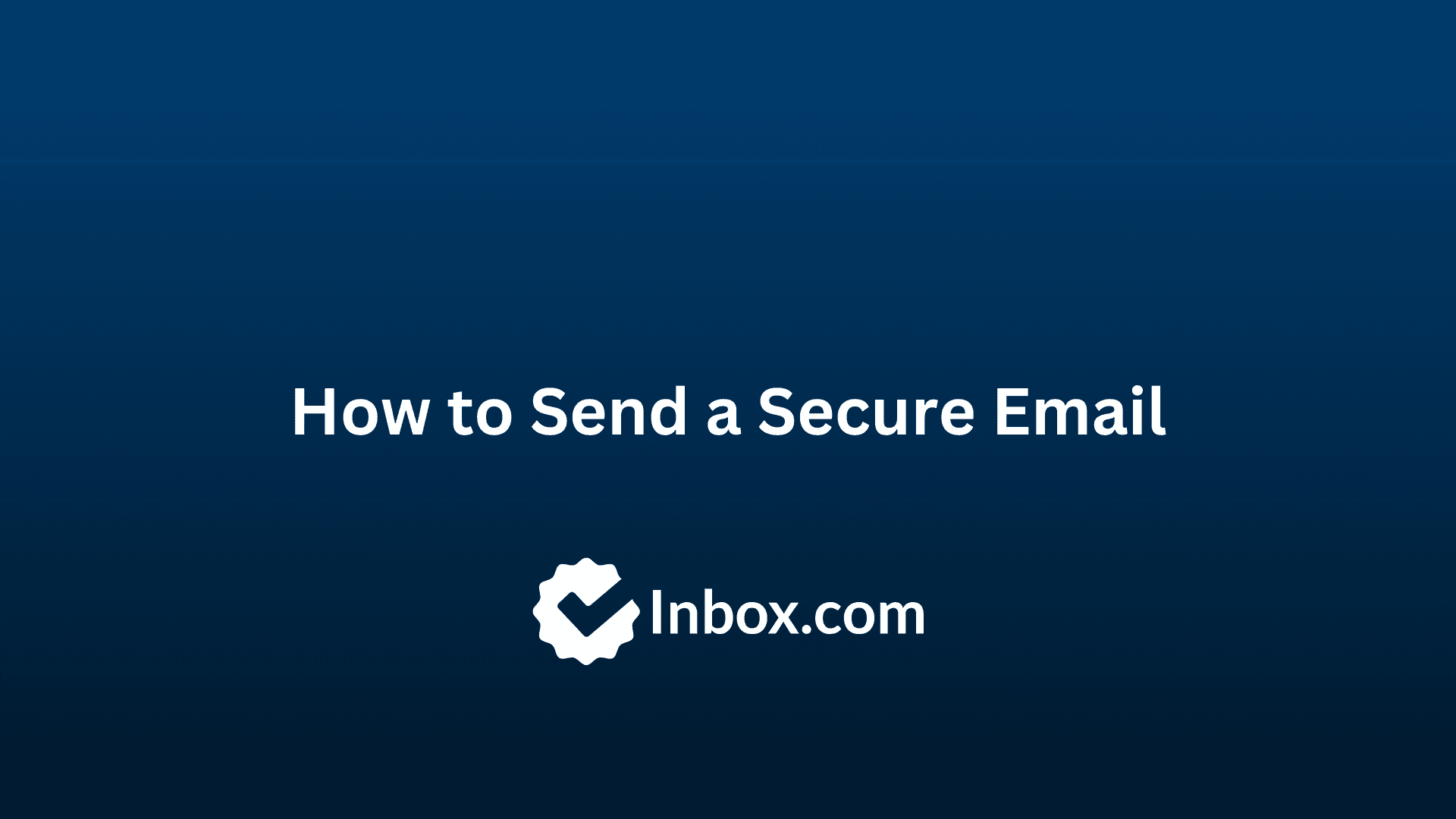
How to Stop Spam Emails in 2024
Spam emails are unwanted, unsolicited messages that many people receive on a regular basis. They’re frustrating, clog up inboxes, and make it hard for users to find the messages they care about. Even worse, they can be dangerous. Some spam email messages contain malicious links and files, designed to trick users into installing viruses or giving away their personal information.
In short, spam is something you’ll want to avoid in your email inbox. But with so much spam flooding into user’s accounts on a daily basis, it can feel tricky or even impossible to control spam mail. This guide will help out. Below, we’ll provide several proven methods of how to get rid of spam emails.
What Is Spam Email?
First, a definition. “Spam mail” is the general term assigned to junk email messages that are sent out to people in bulk. It’s different to marketing mail, which is usually something that people can sign up for or opt in or out of. In contrast, spam messages are simply sent out to people without asking them in advance. It may be sent for various purposes, either to advertise products or for malicious reasons.
Types of Spam Email
There are various types of spam email. Some are relatively low-risk and more annoying than dangerous. Others can pose a genuine threat of identity theft or other forms of digital crime. Here are some of the most common types.
Commercial Spam
Commercial or advertising spam is just what it sounds like – spam designed to advertise or sell something. It’s similar to regular marketing email, except it arrives without the recipient having any say in the matter.
The CAN-SPAM Act of 2003 helps to control these messages. It sets out a list of requirements that commercial messages must adhere to. For example, according to CAN-SPAM requirements, commercial messages should not use deceptive subject lines. Unfortunately, businesses don’t always comply. Phishing Attempts
Some of the more dangerous spam emails makes use of the phishing email technique. For the uninitiated, here’s a quick phishing definition: phishing is when people send emails pretending to be from companies you trust in order to trick you into sharing your personal data.
For example, you might get an email that seems to be from your bank or a payment service, like PayPal. It might say something about your account being compromised or asking you to change your password, and it’ll take you to a fake page where hackers can steal your info.
Malicious Links and Files
The most dangerous spam messages may come with malicious file attachments containing viruses or malware. Others have links inside which are disguised to trick the user. By clicking the link, you may inadvertently download something to your device or invite a hacker onto your system.
Antivirus Spam
There are also many spam messages that pose as “antivirus alerts.” They might say that you’ve got something wrong with your computer or that a virus has been detected on your system. This is almost always a trick, fooling the user into paying for a service they don’t need or handing over their details.
Money Scams
Another way in which spammers try to trick users is through money scams. You might receive a message saying that you’ve won a big cash prize. However, the message says you have to pay an “admin fee” to release your funds. Like other forms of spam, this is a trick.
How to Stop Spam Emails
Money scams. Malicious links. Phishing. Spam takes many forms. But there are ways to fight back and avoid becoming a victim of spam messages and scams. Here’s how to stop getting spam emails. Switch to a Secure Email Provider
The No. 1 method of how to permanently stop spam emails is to switch over to a secure email provider. The most secure email accounts have highly advanced spam filters. These filters are designed to spot the signs of spam messages and automatically delete those messages and block the senders. They can save users a lot of headache and hassle.
Manual Deletion
Aside from switching to an email with its own spam email blocker, another way to get rid of spam is through manual deletion Every time you see a spam message, simply click on it and delete it. This is helpful for clearing up your inbox. However, it won’t address the root of the problem, as the messages will undoubtedly keep on coming.
Block the Sender
If you want to know how to stop junk email coming back, you need to actually block the people sending it. Again, this is something that you may have to do manually, if your email provider doesn’t do it for you. If any spam emails make it into your account and bypass your email’s filters, you’ll have to click on them and block the sender to prevent any future messages.
Report the Sender
As well as blocking spam accounts, most email providers let you go one step further and report them. A lot of the larger email providers will feature a “Report” button you can click on when you block an account. This will flag the sender as a possible spam account, and the email provider can then investigate and potentially deactivate that account.
Don’t Open Spam
It’s also a good idea to get into the habit of never opening any messages that are either obviously spam or appear to be spam. In short, if you’re unsure about a message and don’t know the sender, it’s generally best to avoid opening them. The more messages you block and delete, the better you should get at spotting the signs of spam, like sneaky subject lines.
Don’t Respond to Spam
Not only should you not open spam messages, but you should also never respond to them, either. Many people make this mistake and reply to spam with angry messages. However, if you reply to a spam email, you’re letting the person on the other end know that your account is active. So they might try to spam you again from other accounts or in other ways.
Be Careful Where You Share Your Email Address
Many people who send spam build up their mailing lists over times by finding active email accounts that have been posted or shared online. If your email address ends up on one of those lists, you may receive huge amounts of spam messages each day.
Switch to a Secondary Email or Temporary Address
Another way you can avoid spam emails is to use a secondary email address or temporary account when you sign up to sites and services. Let’s say that you want to make an account on a website to access its content, for example. But you don’t want to hand over your email address and run the risk of getting more spam emails.
You could choose to sign up using a secondary email address instead of your main one. That lets you get access to the site’s content without any risks. Even better, consider using a temporary address to sign up for certain sites and platforms. Temporary emails are just what they sound like – accounts that only last for a certain time before being deleted.
Opt Out and Unsubscribe from Mailing Lists
Finally, the last technique to help you deal with spam is to opt out and unsubscribe from mailing lists you’re not interested in. You can avoid mailing lists in the first place by checking – or unchecking – the relevant box when signing up for new accounts. But that can be tricky. If you end up on a list anyway, look for the “Unsubscribe” or “Opt Out” button to remove your address from that list.
Use These Techniques to Keep Spam at Bay
Spam mail is unpleasant to deal with. It’s the digital equivalent of having lots of unwanted flyers, leaflets, and fake letters poured into your mailbox each day. At best, this is an annoyance. At worst, it can be a serious security issue, putting your identity and finances at risk. That’s why it’s important to know how to handle spam mail and stop it.
Fortunately, as this guide has shown, there are plenty of steps you can take to keep spam at bay. Manual deletions and removing yourself from mailing lists is a good way to start. However, if you truly want to get to the root of the problem and see far less spam in your inbox, there’s only one option. Switch to a secure mail provider and enjoy the benefits of advanced spam filter technology.
FAQ
Why am I getting so many spam emails?
Your email address has likely been added to a commonly-used spam mailing list, or it has been exposed in a data breach.
What is a common indicator of a phishing attempt?
It’s common for phishing emails to use subject lines that sound urgent or scary. Words like “Warning” or “Emergency” may be used to encourage the user to click and learn more. Often, the messages may contain unusual punctuation or spelling as well.
Updated: September 23, 2024 at 9:55 PM
Published: September 23, 2024 at 9:43 PM


